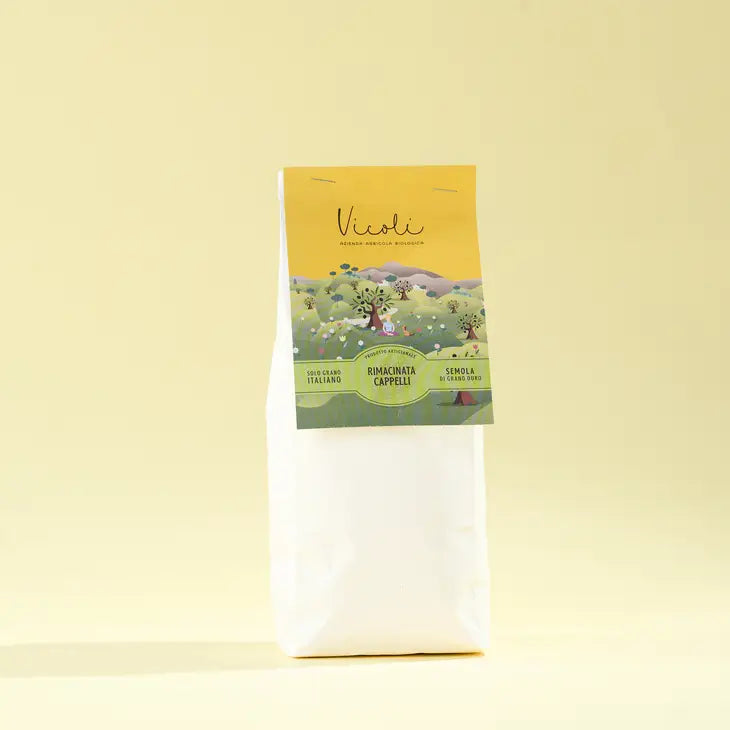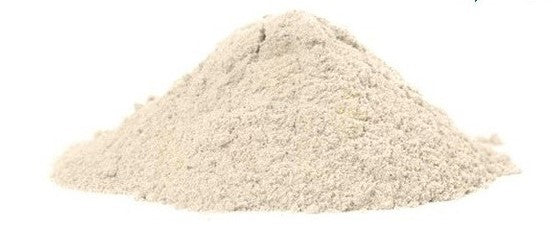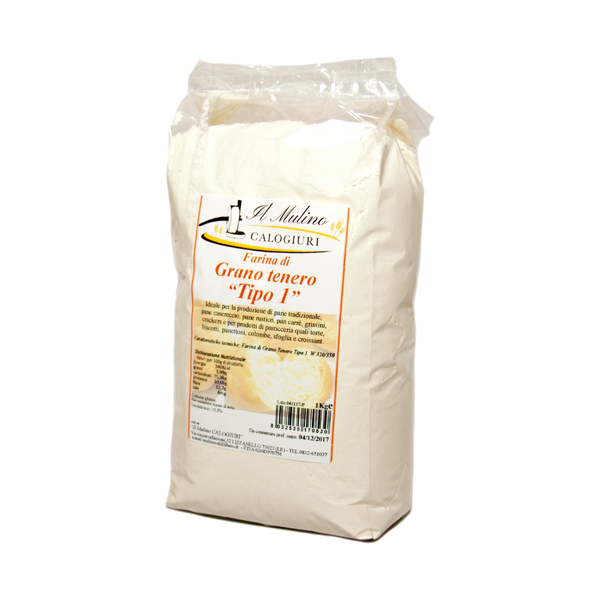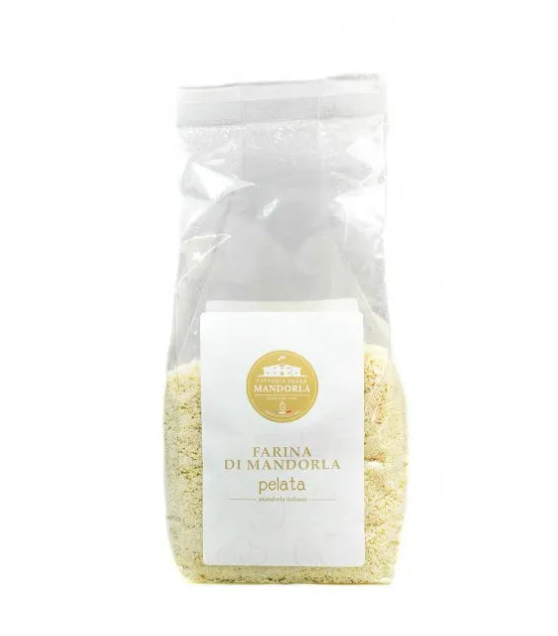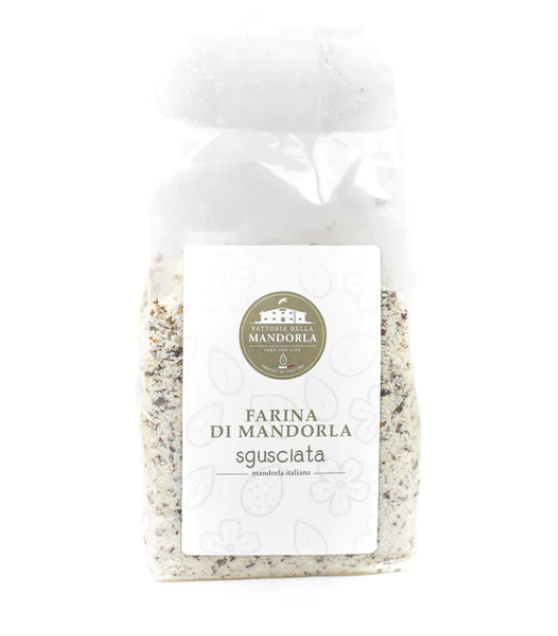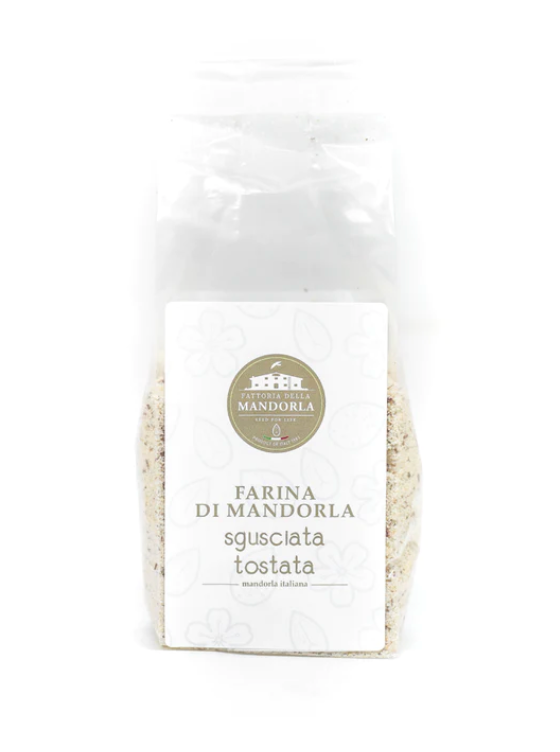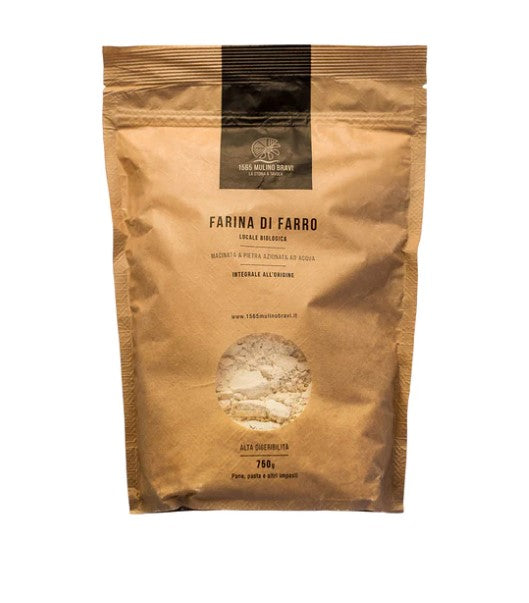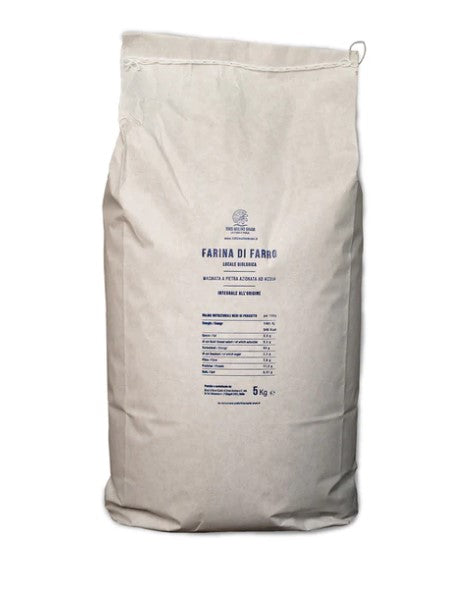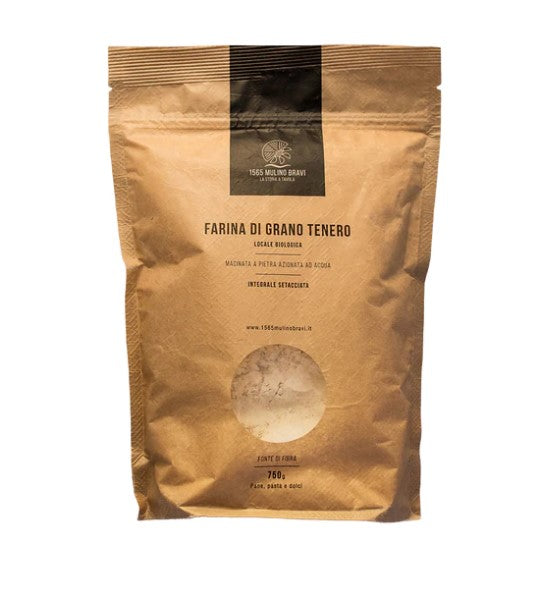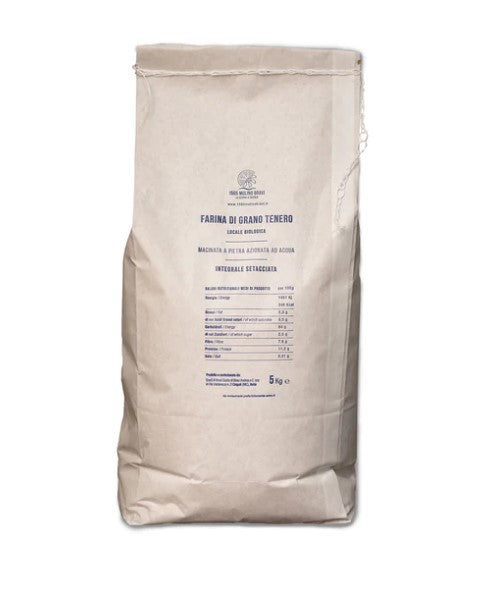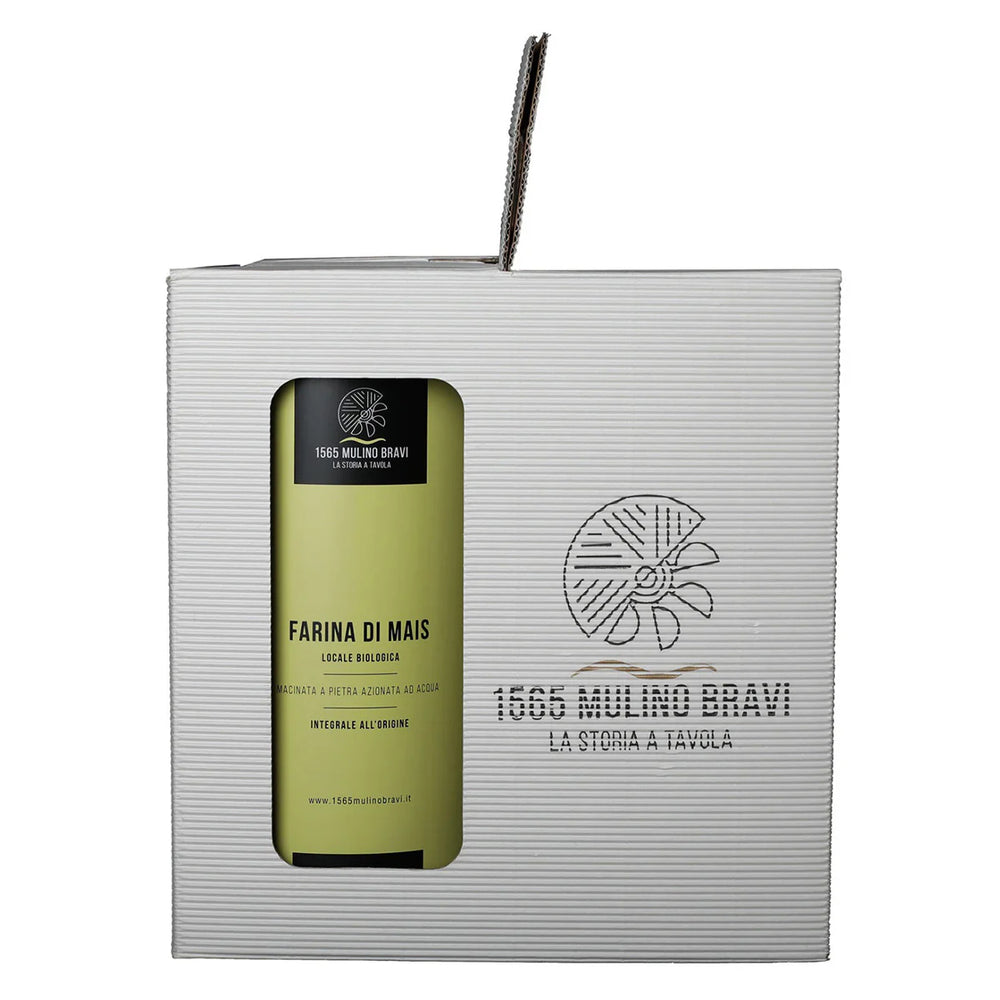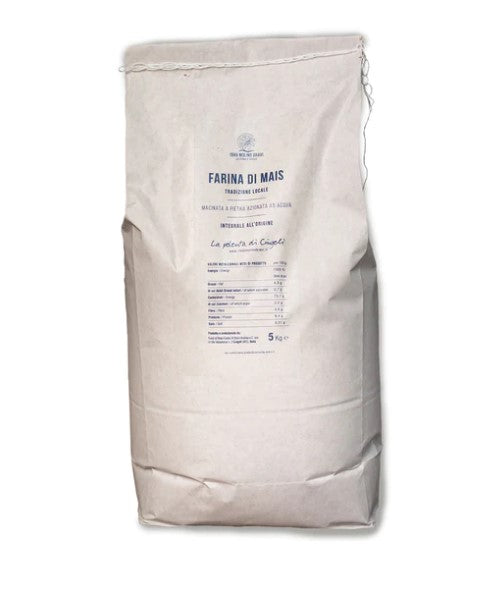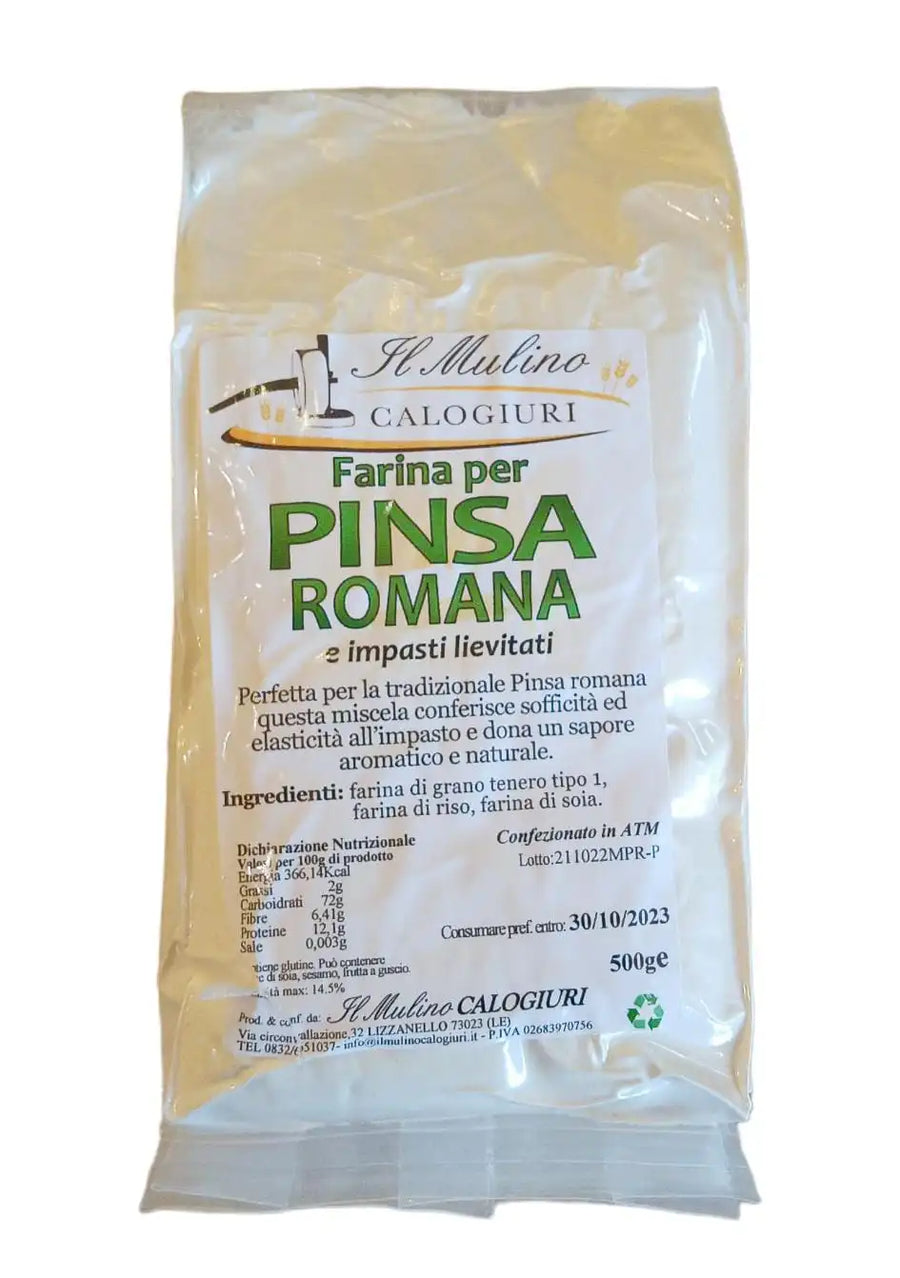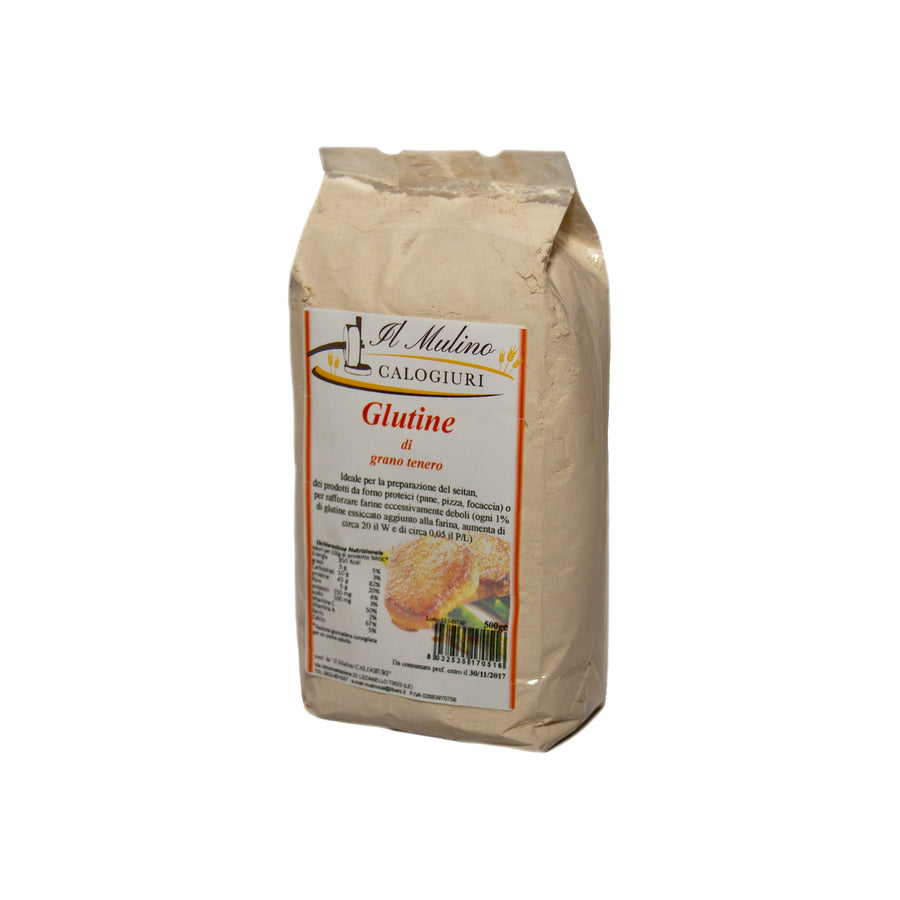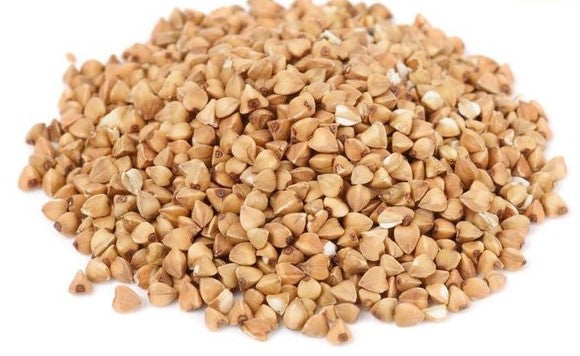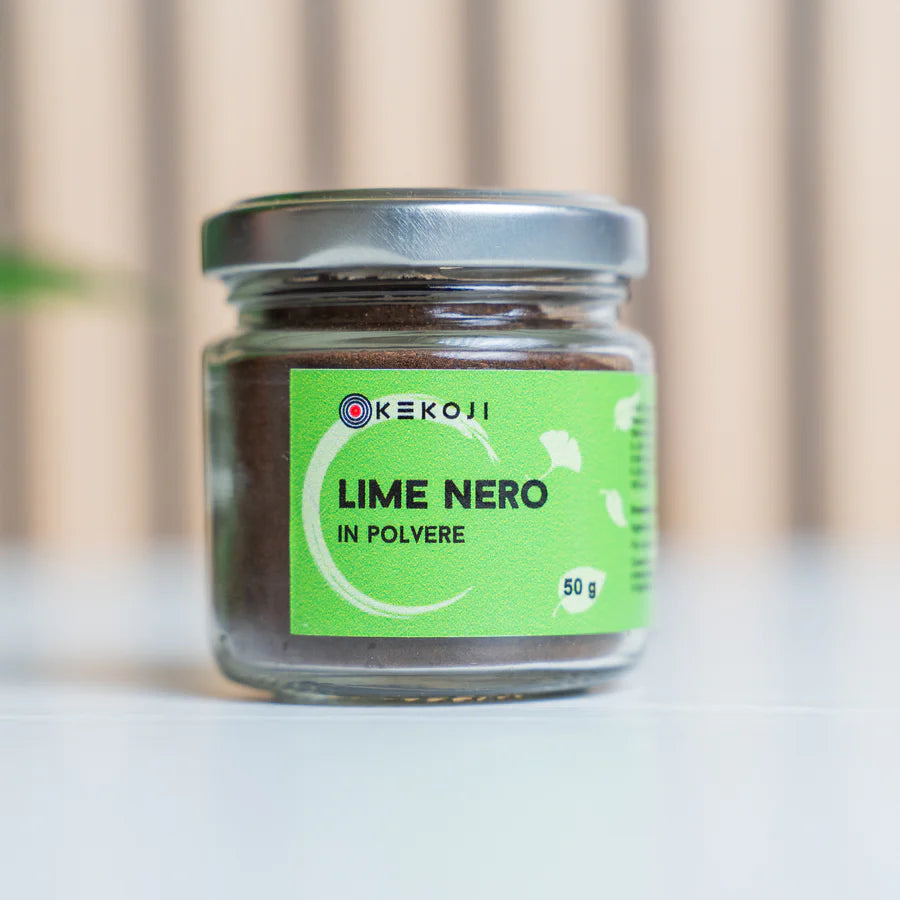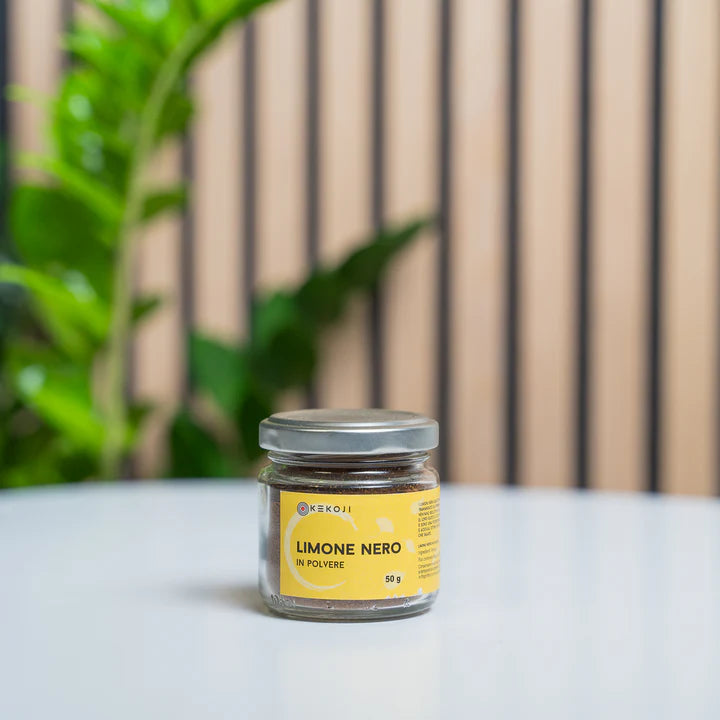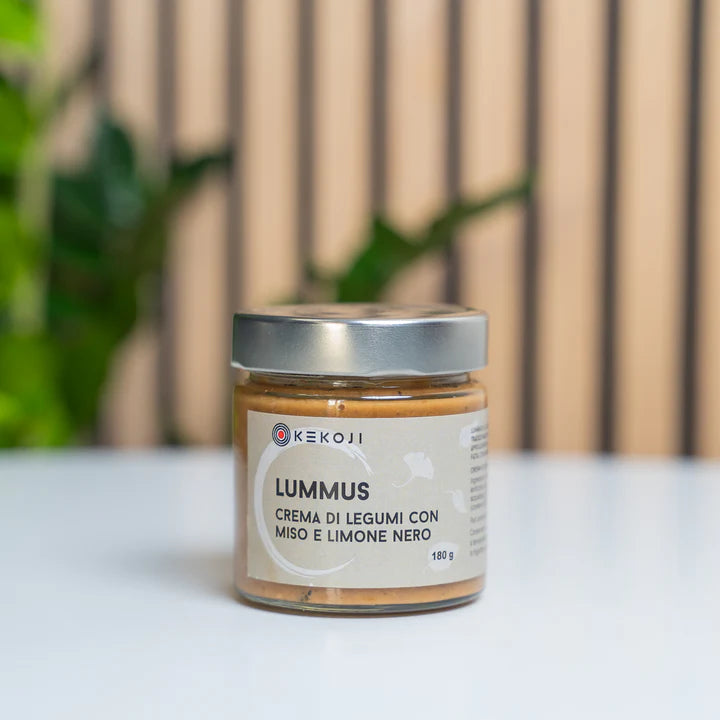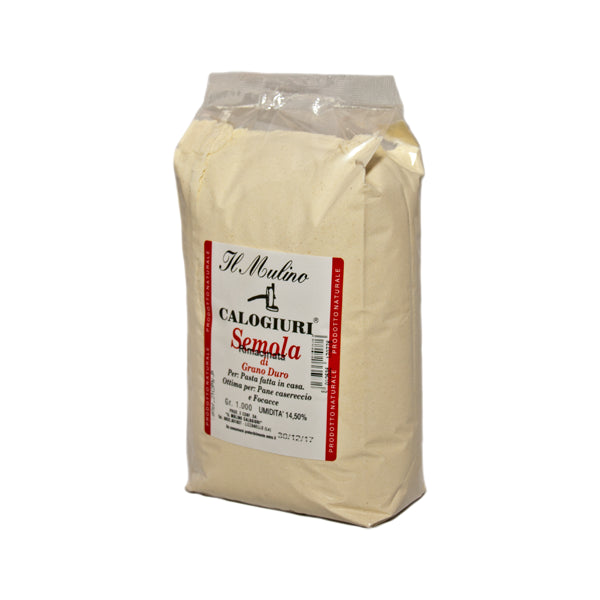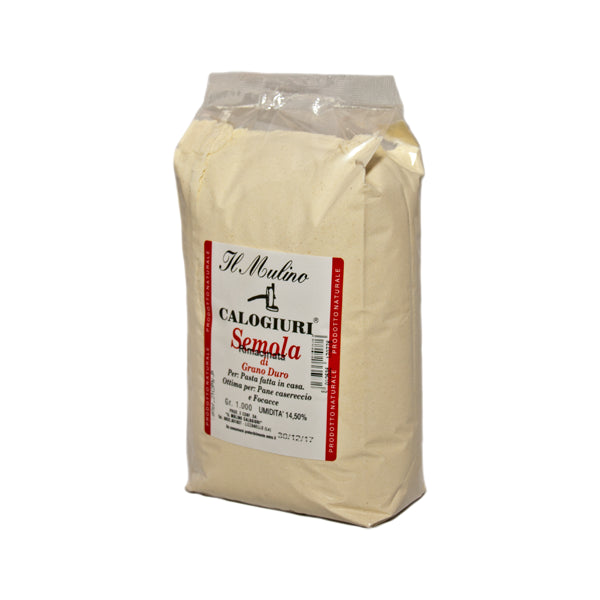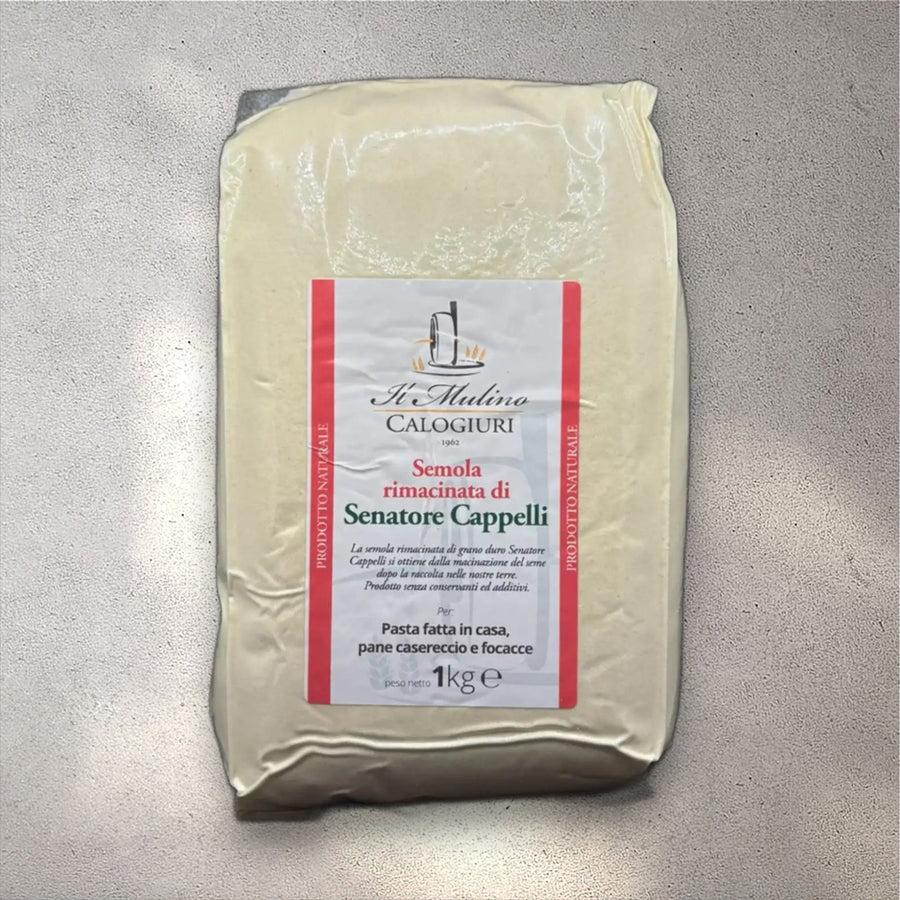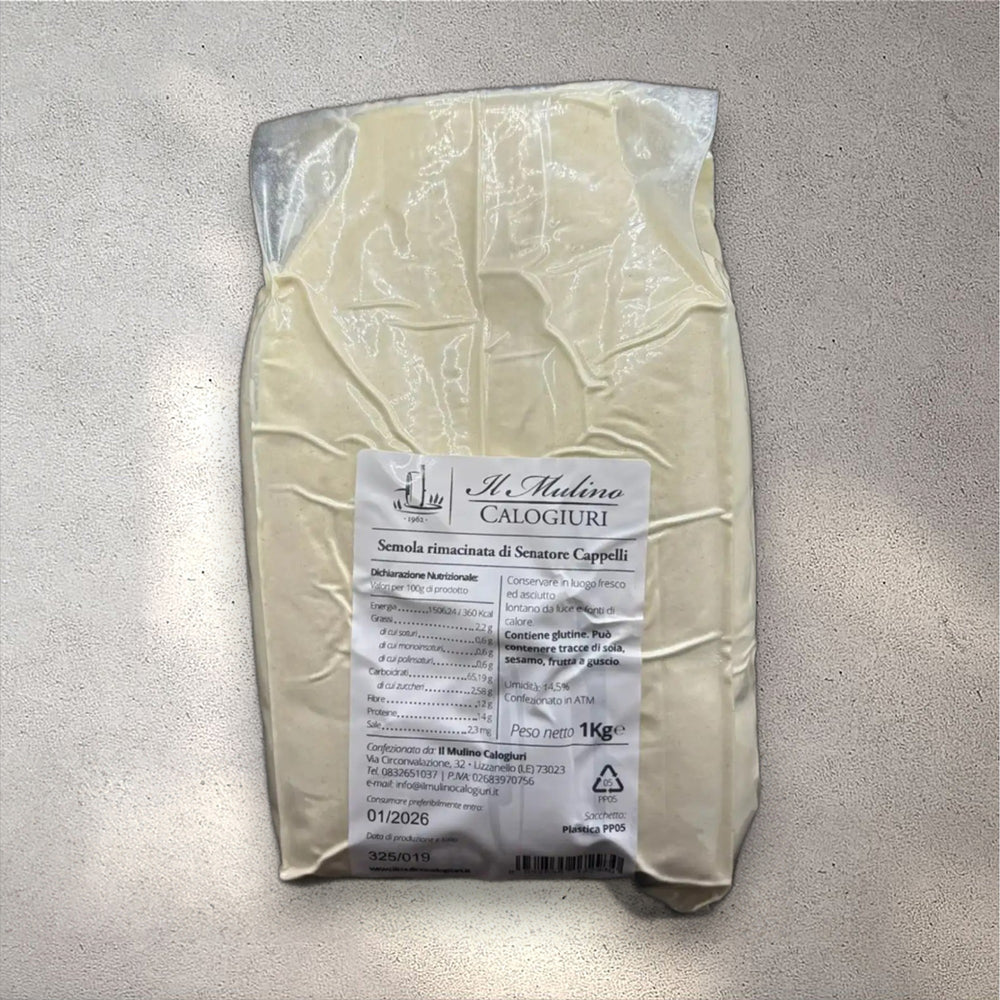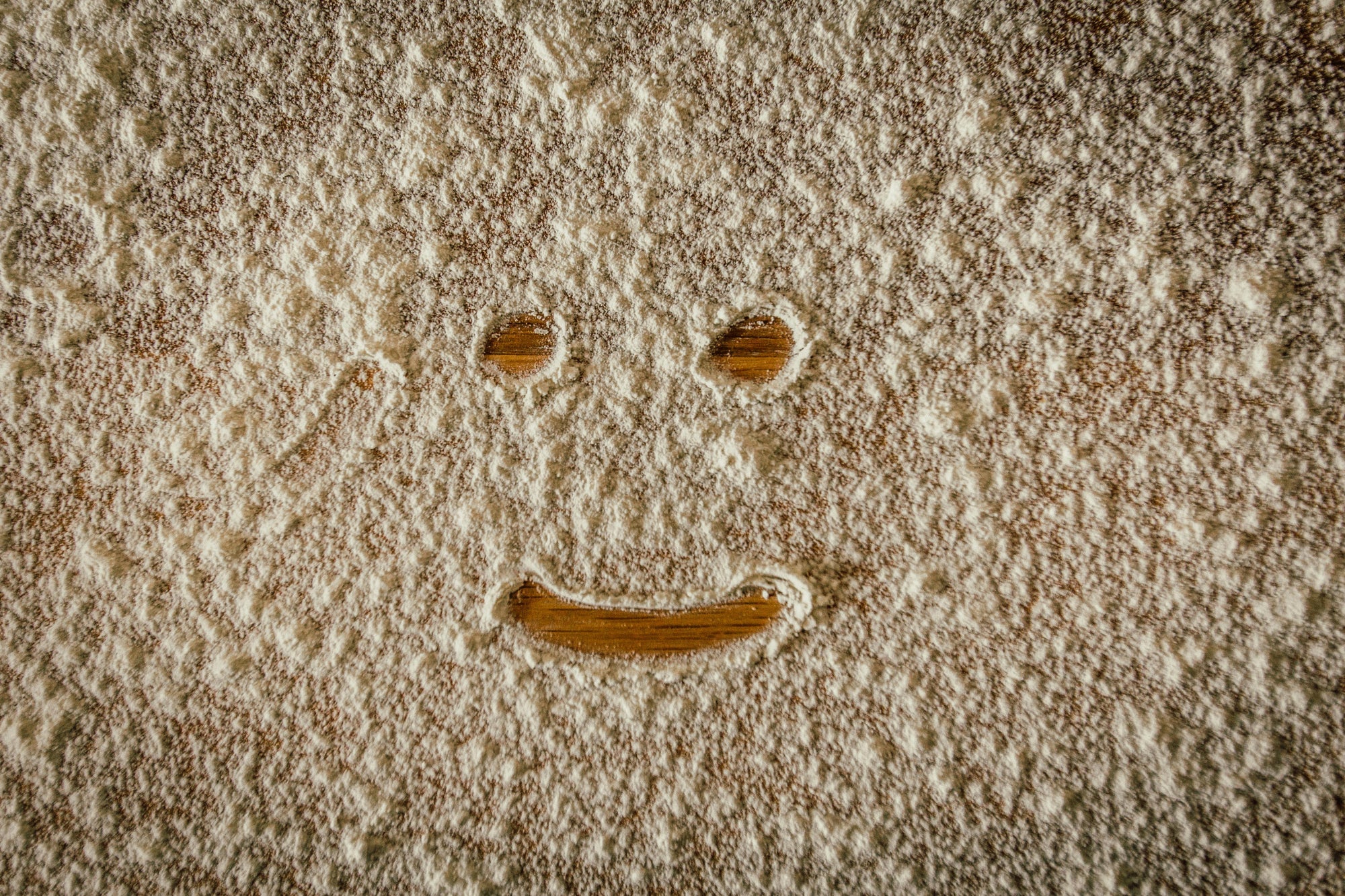
Flours: tradition and innovation for all tastes
Flours are products that can be obtained by grinding many types of ingredients, such as cereals , legumes , dried fruit , fruit , or even animal waste, each with its own characteristics, properties and uses. Let's look at some examples.
Cereal flours are the most common and for thousands of years man has learned to obtain them from many varieties such as wheat, corn, rice, oats, barley, rye, spelt, kamut etc. These flours are rich in starches , a source of energy for the body, and also contain proteins , fibres , vitamins and minerals .
They are generally classified according to the degree of refinement , or the quantity of bran present in the product. The more refined the flour, the whiter it will be and the finer it will be, but also the less nutritious and digestible . The most refined flour is called 00 , while wholemeal flour is defined as that which contains the whole grain. Flour is also classified according to its strength (W) , or the protein content ( gluten ), responsible for the structure and leavening of baked products, in weak flours , less than 8% and are suitable for shortcrust pastry and cakes because they do not require long leavening; medium flours , between 8 and 12%, for preparing white bread, puff pastry and pizza, with medium leavening; and strong flours , over 12%, for products with long leavening, such as wholemeal bread, panettone and pandoro.
Legume flours are naturally gluten-free, making them suitable for those suffering from celiac disease or intolerance, and are rich in vegetable proteins , fiber , iron , calcium , and other minerals . Thanks to their thickening power, they can be easily used in the kitchen for meatballs, hamburgers, omelettes, bread, focaccia, crackers, and desserts, or in the case of soy, to produce vegetable milk and cheese, such as tofu.
Nut flours such as almond and pistachio have been used for centuries. They are naturally gluten-free and rich in healthy fats , proteins , fiber , antioxidants , vitamins and minerals . Nut flours are used to make cakes, biscuits, tarts, marzipan, decorations and flavoured fillings, but also to enrich granola, breading, sauces and many vegan dishes .
Fruit flours made from dehydrated fruit are also gluten-free and rich in sugars , fiber , vitamins and minerals . They are generally used to sweeten and flavor many preparations, especially desserts, or as egg substitutes.
As you can see, flours are versatile and nutritious foods , which can enrich your diet with immense creativity. In fact, there are many other types of flours, such as those made from seeds, herbs, spices and algae, which deserve to be discovered and experimented.
According to FAO estimates, global wheat flour production is about 800 million tonnes per year, about 70% of global flour production. Despite the COVID-19 pandemic reducing demand for bakery and pasta products in many countries, global wheat production is expected to reach a record 789 million tonnes. This is mainly due to increased yields in Australia, Kazakhstan, Russia and Canada, which offset the decline in Europe. Global production is strongly influenced by a complex mix of factors, including pesticide use and ongoing climate change. To ensure food security and environmental sustainability, it is necessary to promote greener and more resilient agricultural practices, which reduce the use of toxic substances, which are responsible for the increase in greenhouse gases, which are the cause of climate change.

Iscriviti al PROGRAMMA PUNTI FEDELTÀ ZiaCris
💶 e 20€ di credito da spendere nello shop ogni 250 punti accumulati

💰 3€ di credito ti aspettano!
Ottieni un credito immediato per i tuoi acquisti




